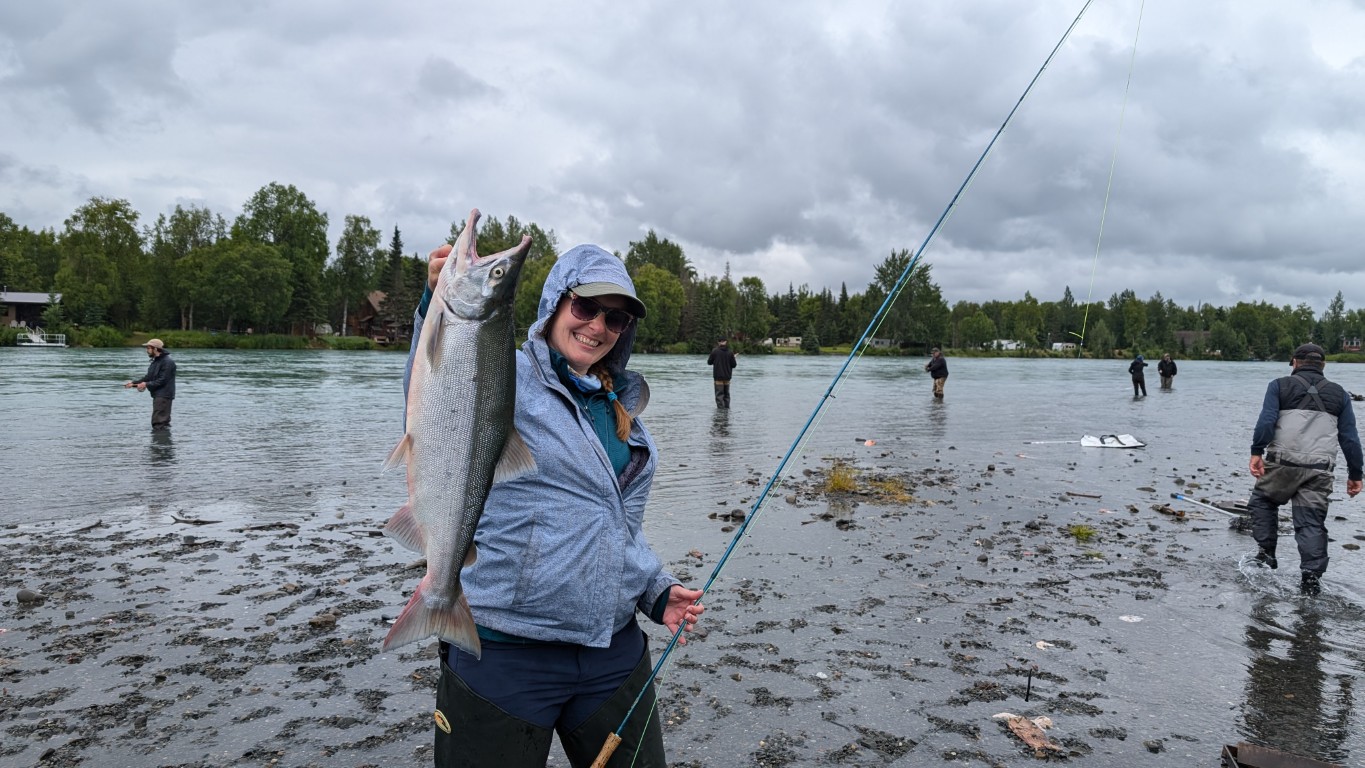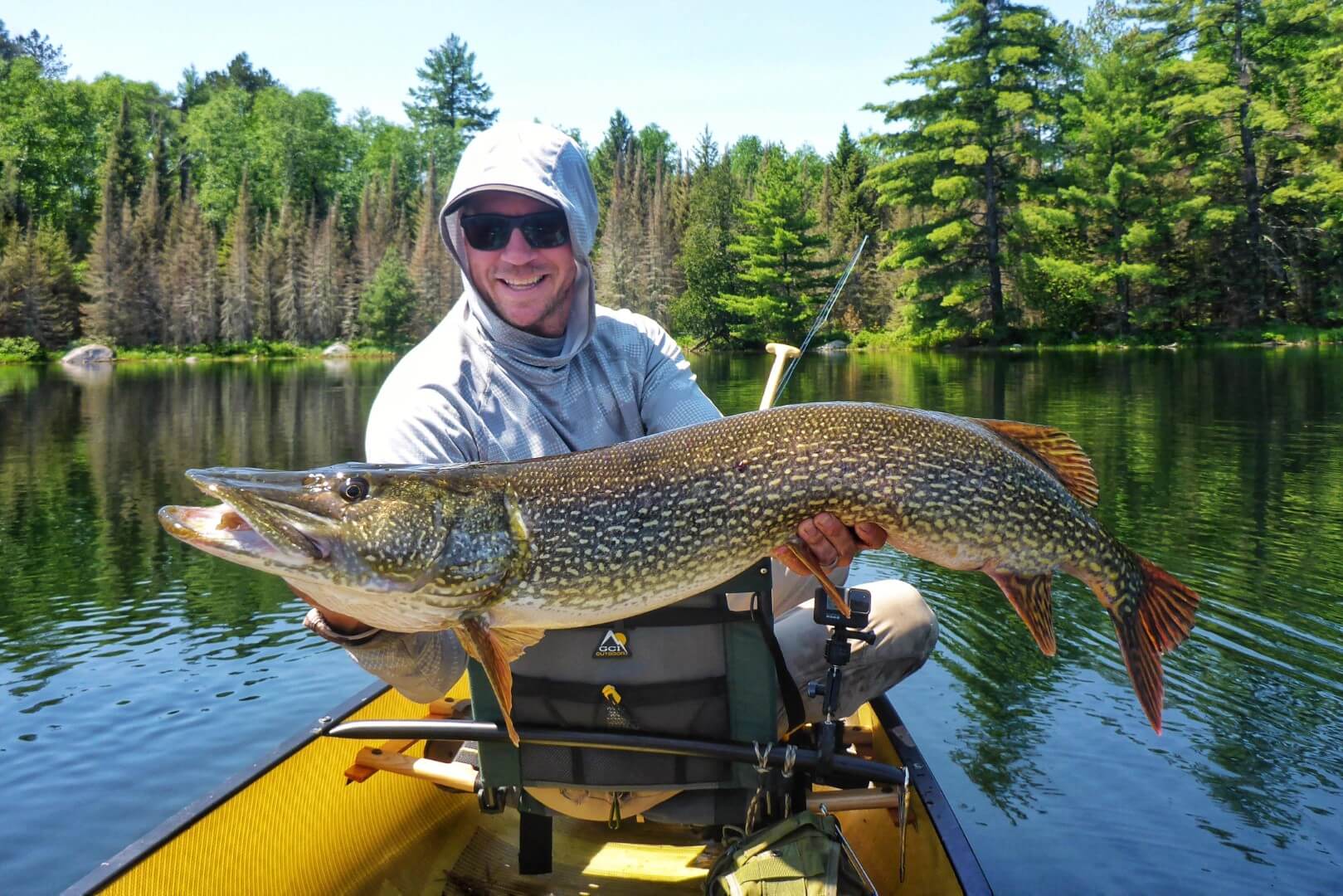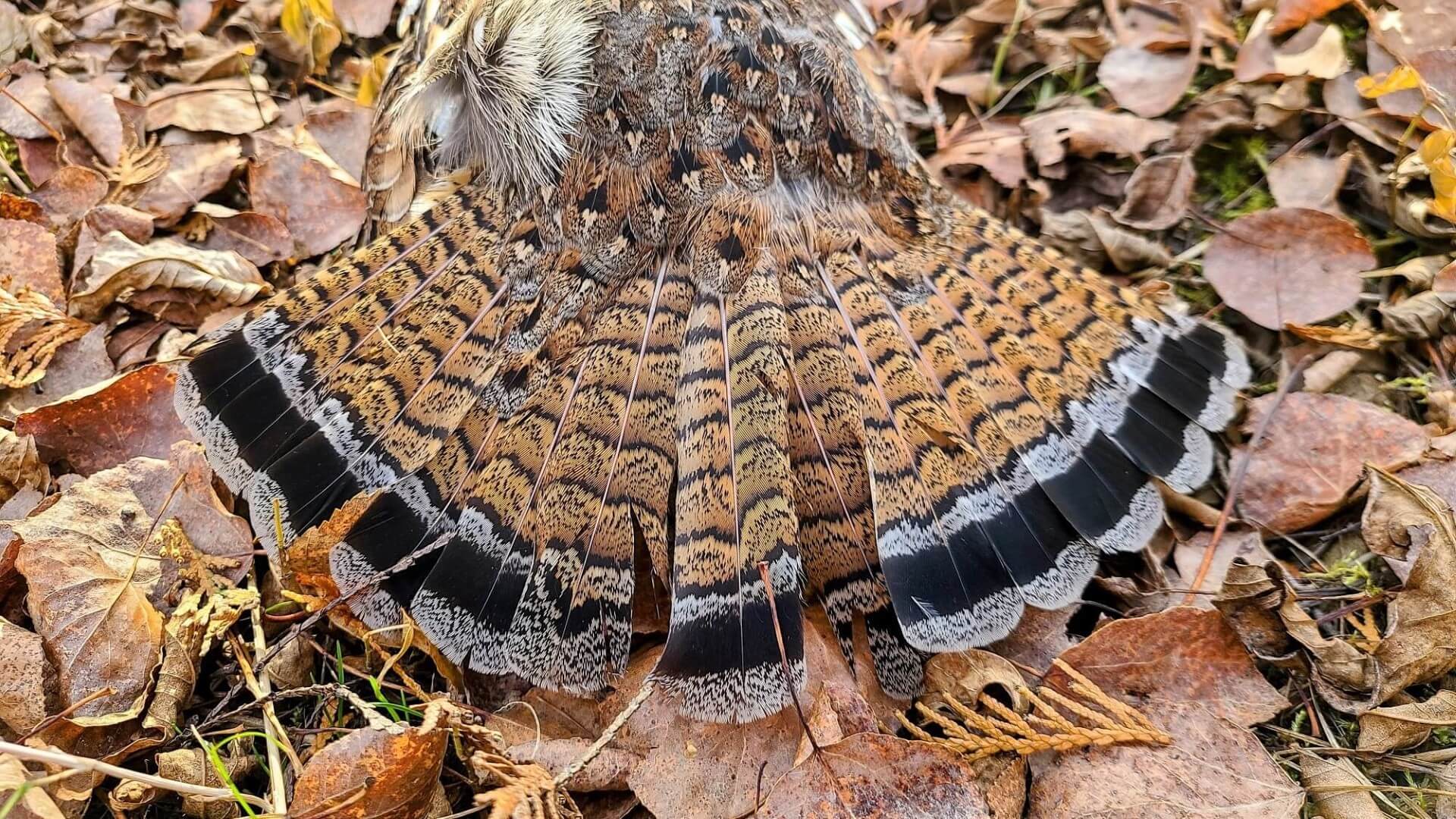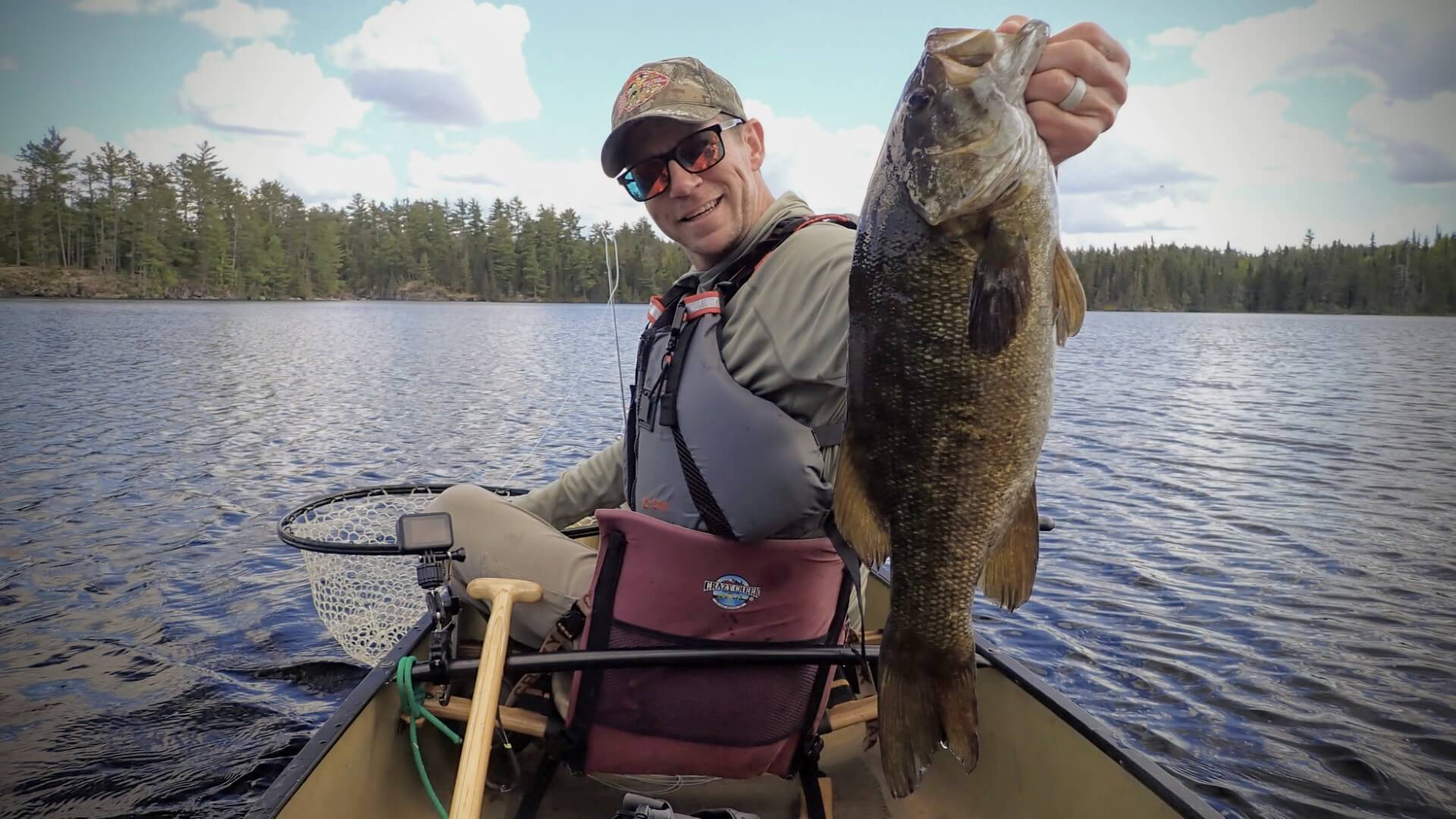Fly Fishing for Bass in Minnesota [How To]
When I first started bass fishing I was not at all interested in fly fishing. I thought it was only used for trout and you had to use tiny flies that were nearly impossible to tie onto your line (turns out I really like that now too though). Fly fishing was a foreign concept, and why would I fly fish for bass if I could already catch them with a spinning rod?
Then, one day I learned about streamers, and caught my first bass on the fly. That was the first spark that has eventually lead to a full-blown inferno of interest in fly fishing for bass (and eventually nearly every species that I had previously only spin-fished for). Yes, you can fly fish for nearly every type of fish you can spin fish for. Bass, pike, panfish, carp, catfish, muskies, walleye, trout, salmon… you get the point.
For each of the warmwater species you may want to use different gear, or use different techniques, but for the most part this article will help you catch any warmwater species on the fly. I’ll get to the rest of them in detail eventually, but first, let’s cover the basics of what you will need to catch bass.
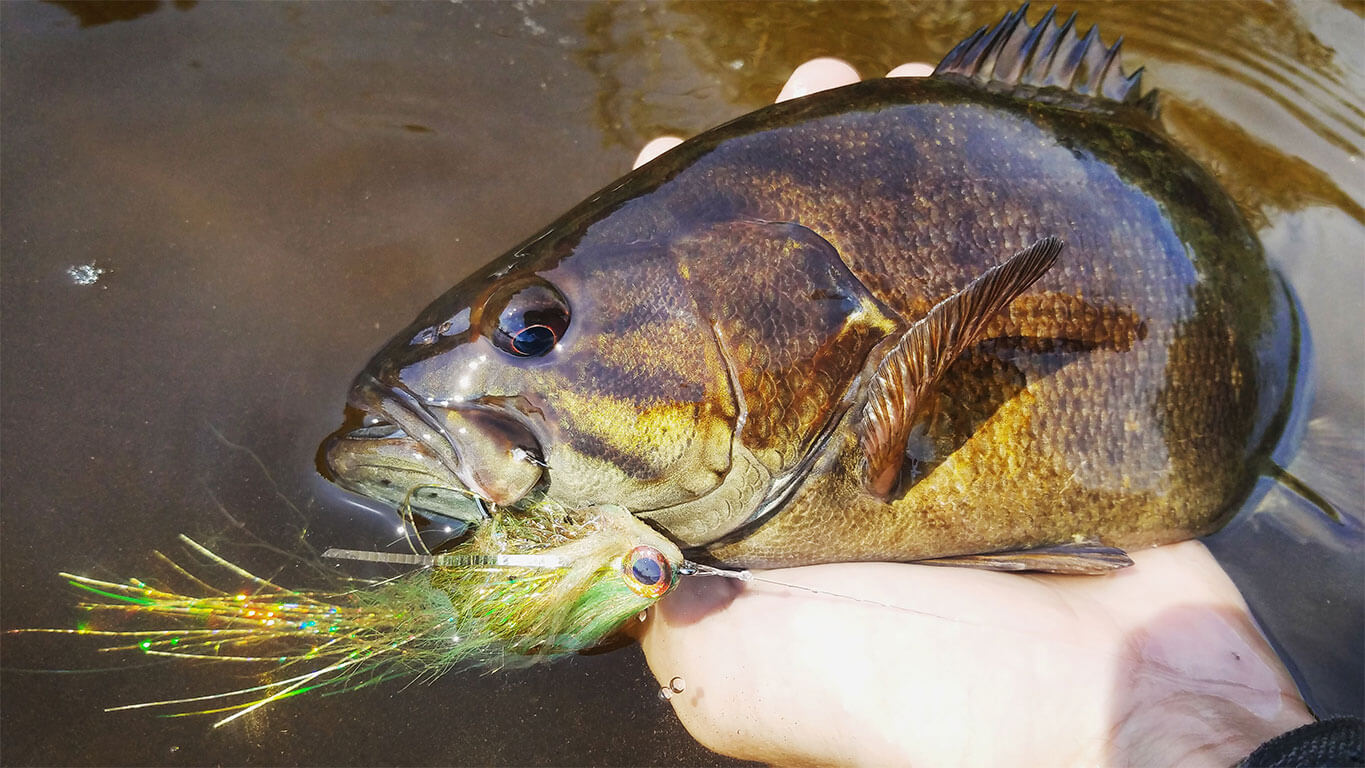
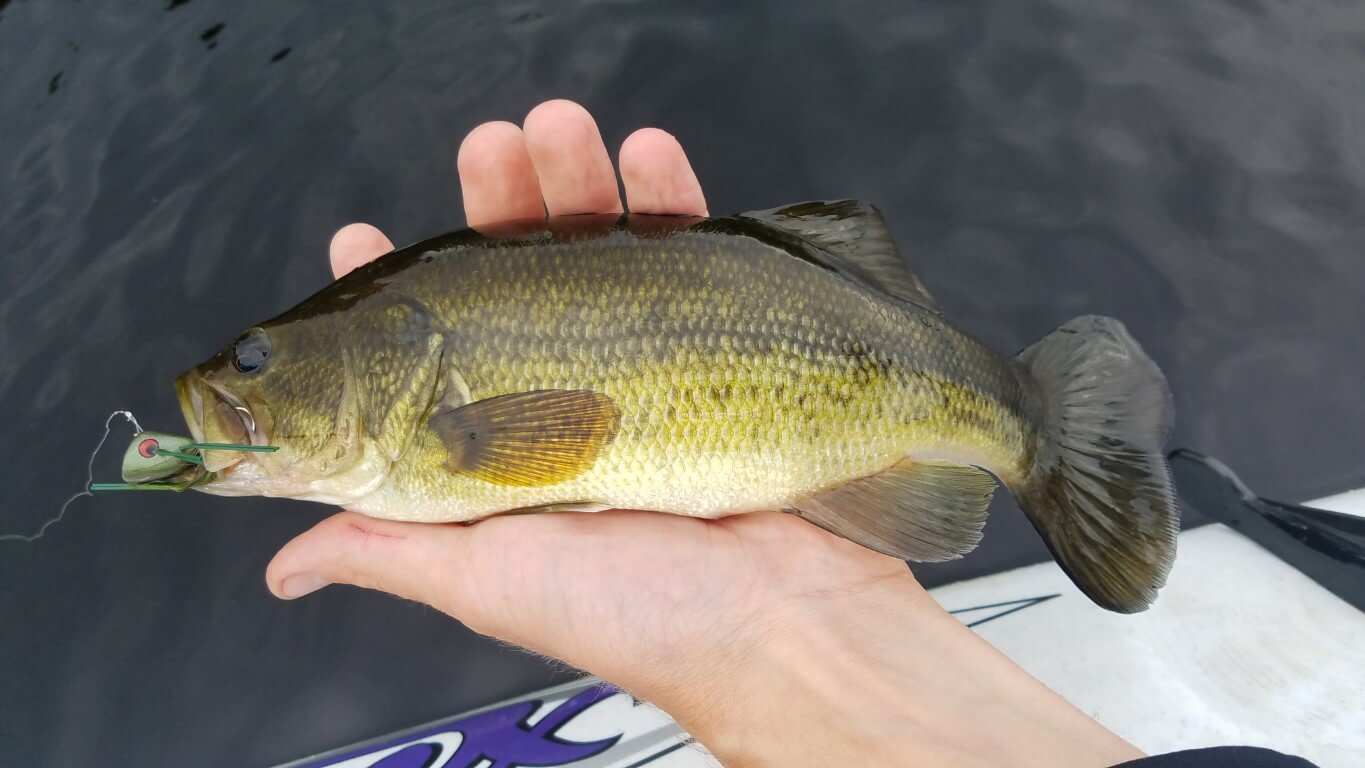
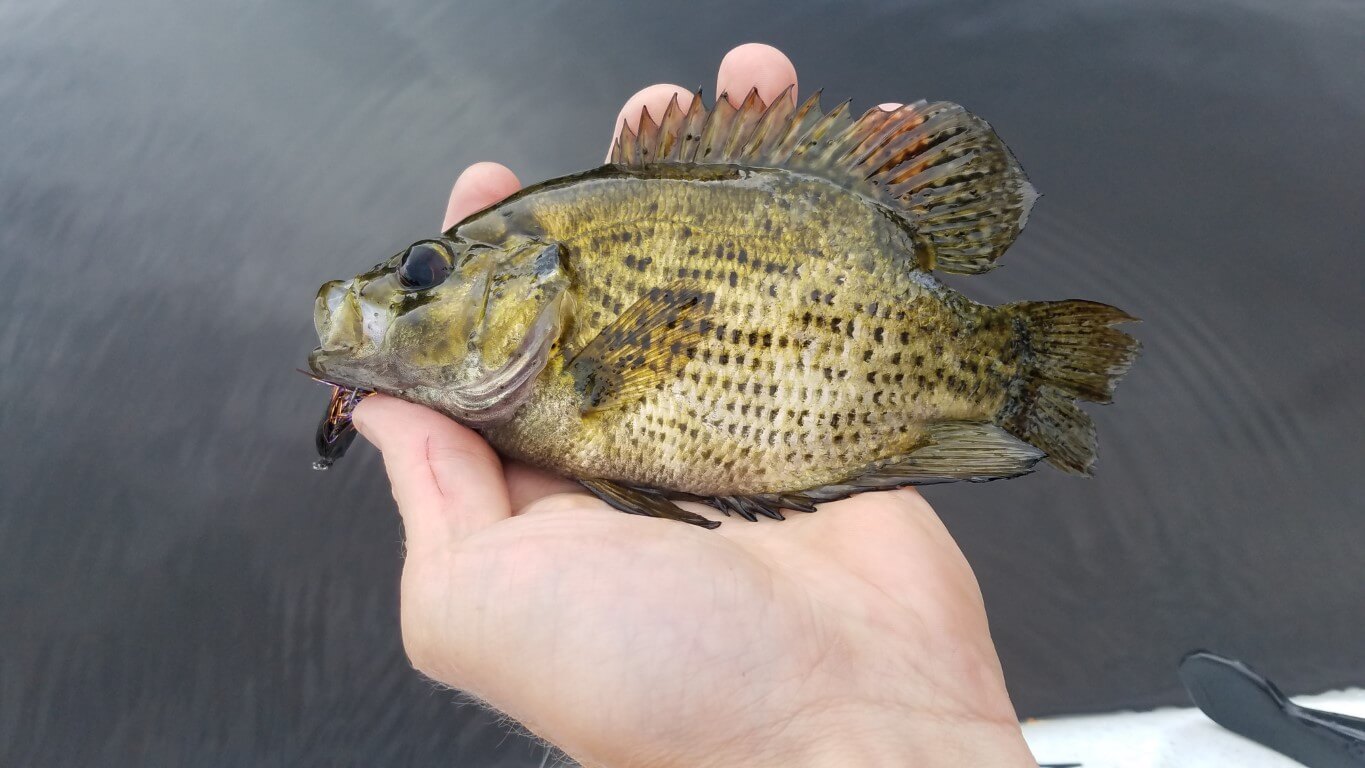
Bass are easily accessible, exceptionally aggressive, and pound for pound one of the hardest fighting fish you can target in the Midwest. They are not line shy and will often give you multiple attempts to cast your fly, which make them a great species for the beginner fly-fisher, but are also a species that you will never tire of catching. I’ll go over the gear you need, some proven techniques, as well as a few pro-tips. Let’s get started.
The Gear You Need
Fly Rod
You can catch bass on nearly any sized fly rod, from a 7’ 3wt fiberglass to a 9’ 10’ broomstick. Unlike fishing for species like steelhead, where you are choosing a rod based on the size of fish you are catching, when it comes to bass fishing you will need to choose a rod that is capable to throwing the flies you intend to use. If you are going to buy a dedicated fly rod for bass fishing, it is hard to beat a 9’ 8wt. If you want to have a little more fun, but reduce the size of flies you can comfortably use, then a 5, 6, or 7 weight will give you a little better fight once you are hooked up. I prefer having a fast action rod that will allow me to make tight and efficient casts allowing me to place my fly accurately and under overhanging branches where bass like to be.
Don’t break the bank, but investing in a good fly rod will make fishing much more enjoyable. Most decent rods in the $150 to $400 range will be great options for bass fishing. Beyond that, you are paying more for the components and the name printed on the blank than the action and castability.
Below are a couple of great entry-level options. Shorter rods like the St. Croix Moho Bass are shorter than 9’ which makes it easier to cast larger flies from the bank. Standard 9’ 8wt rods like the Redington Predator are the 30-06 of fly fishing. Great for streamers, poppers, as well as nymphs. These rods can be used for everything from panfish and bass to steelhead and many saltwater species.
Fly Reel
If you are only going to use this rod for bass fishing in freshwater, you do not need an expensive reel. It is nice to find one with a larger arbor though, allowing you to reel in line much quicker. Your backing will only be used to fill out the remaining portion of your reel, but you don’t need to worry about getting into your backing when fighting smallmouth. Yes, bass can pull some drag, but the majority of the time you won’t need to fight bass with the reel. Any 6-8 weight large arbor reel ranging from $50 to $100 should work. If you can, find a reel that either comes with or has fairly cheap spools. I’ll cover why when we go over fly lines next.
I’ve used a Redington Behemoth for the past few years, and while you will never even need to use a quarter of its drag strength or backing capacity, it is a bulletproof and affordable option that can also be used for steelhead or salt-water fly fishing.
Fly Line
Use the money you saved on your fly reel to buy a really good fly line. It is worth it, trust me. I started fly fishing using generic $30 fly line. It. Was. Terrible. I struggled for a whole season, which you should almost do first so you realize how much further and accurately you can cast with a premium fly line. For most situations, a weight forward fly line will be your best option. Depending on your fly, you can fish on the surface or down to around 10 feet deep with a weighted fly.
Instead of buying a sink-tip line, adding a Sink Tip or PolyLeader to your floating line will be much more cost-effective and let you cover even deeper water down to 15 or even 20 feet deep. It is also a great option for fishing unweighted flies quickly as the sink tip will help break the surface tension and let you start fishing your fly as soon as it hits the water.
Additionally, you may want to look into a Full Sinking Line. Later in the season, bass will move deeper, and having the ability to get down to their level will make your fall fishing trips much more enjoyable.
Here are some great options for fly lines:
Leader
Bass are not line shy like trout and salmon. You can, and should, use a heavier line when bass fishing. The main reason being, where there are bass, there are usually pike. It doesn’t matter if you bought, or tied a fly. When you are fly fishing for bass and have a pike swim up and bite your fly off, you’ll wish you had heavier line or even a steel leader.
The other reason why heavier tippet is beneficial is to help turn your fly over. If you use a 9ft 5x leader and tie on a bulky bass fly, you are not going to keep the energy traveling through your fly line to transfer into your leader and it will crumple into a pile at the end of your cast. This will be frustrating, but not as frustrating as when you strip your line back in and realize how many knots you’ll have to untangle from having too light of a leader.
You should never have to go below 10lb test. Anything between 10-20lb works great. My preferred tipped size is 15lb fluorocarbon when fishing streamers, or 12lb Maxima Ultragreen when fishing poppers.
Flies
Everyone has their favorite fly for bass, and you will too once you start getting into fly fishing for bass. Unlike trout, “matching the hatch” is not quite as important, but bass will still target certain species during different times of the year and their local forage. Bass typically eat minnows, crawfish, frogs, and bugs. Having an assortment of flies that resemble their forage will be beneficial.
In general, though, bass are predators and will each pretty much anything that looks like food. I like to split bass flies into two categories; poppers and streamers.
Poppers
Poppers like the Boogle Bug, Double Barrel Popper, and Dahlburg Diver (buy online) imitate frogs and bugs and are intended to float on the surface. They will gurgle and splash when stripped drawing the attention of nearby bass. Fishing topwater poppers are probably the most exciting way to catch bass as you get to watch these fish blow up on your fly. Sometimes they will fly completely out of the water to attack your popper and other times they will just sip it under, so you’ll need to pay attention. Make sure you give them a second to take your fly under before setting the hook. The best time to use poppers is on a calm day in the morning and evening. I usually like to start my day with a popper.
Bonus Tip: Pinch the barb on your poppers (and all of your bass flies). If a pike bites you off there is a chance that it will come unhooked and you can get your popper back! Barbless hooks do less damage to a fish's mouth and will allow you to get the fish unhooked so you can quickly get back to fishing!
It can be hard to do, but when fishing poppers cast out and make one good foot-long strip to call attention to your popper, then let it sit for five, ten, or even 15 seconds before stripping it again.
Streamers
Streamers come in all sorts of different sizes, colors, and weights. The most iconic streamers include the wooly bugger, clouser minnow, and the classic deceiver. There are an endless amount of streamers that will catch bass. Part of the fun is trying out (or tying) different patterns to catch them on.
You’ll have to experiment with how fast to retrieve your streamers. This is partially dependent on what type of fly line you are using, but generally, I like to alternate between quick strips and longer pulls followed by a medium to a long pause. Many times a bass will almost pull the rod out of your hand, but keep your eye on your fly line. Sometimes you can see the line begin to straighten meaning something has picked up your fly and is swimming away with it. Just like with poppers, you should set the hook by pulling on your line with your rod pointed directly inline with your fly line, then lifting the rod to keep tension.
Here is a list of some of my favorite streamers (links to fly tying tutorials):
- Sex Dungeon (Kelly Gallop)
- The Chosen One (Gunnar Brammer)
- Craft Fur Baitfish (Andreas Andersson)
- Game Changer (Blane Chocklett)
- Meat Whistle (John Barr)
- Mini Drunk and Disorderly (Lynch’s)
- Swimmy Jimmy (Sobota/Gallop)
- HD Craw (Creamer)
- The Equalizer (tied by toflyfish)
- The Tequeely (tied by John Fehnel of the Great Lakes Fly Shop)
You can experiment with different floating and sinking lines mixed and matched with weightless and weighted flies to change its action and target different depths.
- Floating Line - Weightless Fly: (0 to 5 feet) A great combination for shallow water or smacking the banks during the spring.
- Floating Line - Weighted Fly: (0 to 10 feet) The floating line pulls the fly upward creating a jigging action. Great for leech and crawfish patterns.
- Sinking Line - Weightless Fly (0 to 20 feet) Get’s your fly down to the strike zone and creates a super realistic action. Stripping a weightless fly will let the fly dart off and suspend, looking like an injured baitfish.
- Sinking Line - Weighted Fly: (5 to 30+ feet) When you need to get down deep. It can be a pain to cast a weighted fly on a full sinking line, but if the fish are deep it can be a great combination.
Hopefully, you learned a few techniques, flies, and bought some new gear. Good luck on the water!
If you found this article helpful, please consider sharing!
js-outdoors is a free resource for all anglers.
Please consinder donating to keep this site ad-free!


![How To Tie An Intruder [video]](/images/how-to-tie-an-intruder.jpg)
![Steelhead In The Snow [video]](/images/steelhead-in-the-snow.jpg)
